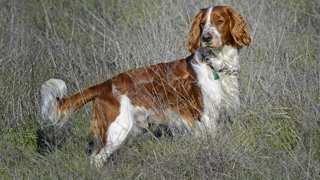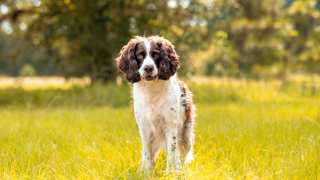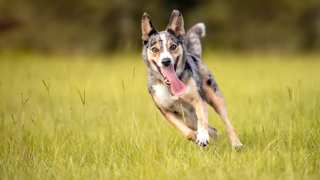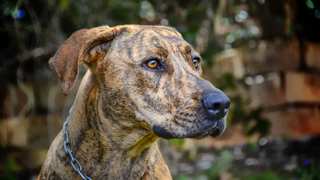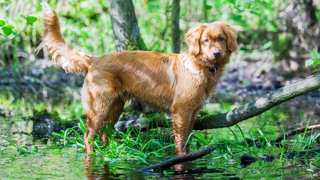The Australian Kelpie diet is extremely important in keeping these dogs healthy, lively, and long-living. And as such an active breed, your Kelpie's food will need to be packed with animal proteins and carbohydrates for energy, vitamins and minerals for digestive and immune system health, and omega fatty acids for coat and skin wellness. This means the best food for Australian Kelpies is the premium dry kind, particularly brands made for active dogs. (Victor Active Dog & Puppy Formula and Hill's Science Diet Adult Advanced Fitness are two examples.) Regardless of your choice, owners are urged not feed their Kelpies only cheap, generic dog food, as this type simply doesn't have enough nutritious ingredients to sustain a Kelpie in the long term, and will likely shorten its lifespan.
Unfortunately, premium food can be expensive. So how much of it will your Kelpie need each day? The good news is, not a whole lot. The typical adult Australian Kelpie, depending on its age, size, and activity level, will need 2-2½ cups of premium dry food per day, divided into two meals. A Kelpie puppy, again depending on its age, will need about 1½ cups per day, divided into three meals (not two) until six months of age. For more info on the Kelpie puppy diet and feeding from two months through adulthood, see the following chart:
Australian Kelpie Feeding ChartDog AgeDog WeightFood TypeAmountFrequency2 Months7 lbsDry (Puppy formula)0.25 cups3x/day3 Months12 lbsDry0.4 cups3x/day6 Months25 lbsDry0.6 cups3x/day9 Months35 lbsDry* (Puppy/Adult)1 cup2x/day12 Months+45 lbsDry (Adult formula)1.25 cups2x/day*--Around this time, transition to adult food by first mixing in just a bit of adult formula with the puppy formula. Over the course of a week, with each meal add a little more adult food to the mixture, until the dog is eating it entirely.
If possible, try and stick to the above-listed portions. Though your Kelpie can probably eat a lot more, constantly overfeeding the dog will easily result in obesity--and a fat Kelpie might have joint, breathing, and digestive issues, not to mention a shortened lifespan. You can control your Kelpie's weight in several ways: by having regular feeding and exercise schedules, by not feeding the dog table scraps, and by not leaving food in its bowl all the time, thereby allowing the dog to eat anytime it wants. It's better to put your Kelpie's bowl down only at mealtimes, then pick it up 20 minutes or so after the dog begins eating.
If you're worried your Australian Kelpie is overweight, give the dog this simple test: run a hand along its side, and if you can't feel any ribs, it's diet time. And just as with humans, the "Eat Less, Move More" principle applies! Reduce your Kelpie's daily food consumption by one-fourth, and add an extra walk, jog, or play period to its daily exercise schedule.
